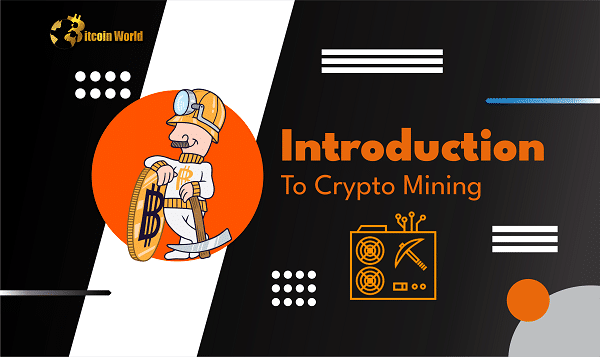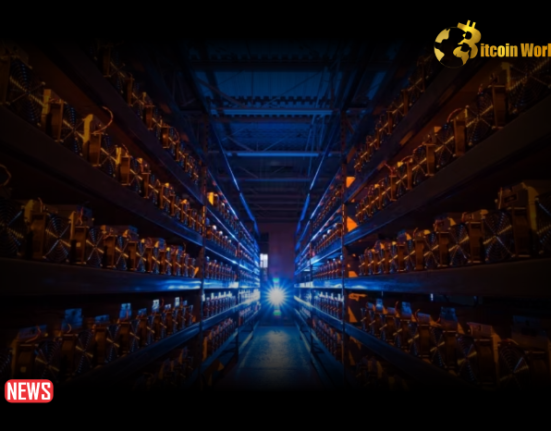Blockchain networks use mining to build and verify fresh transactional blocks and protect the network. In the process, the so-called miners use a sizable amount of processing power to produce new cryptocurrency units, boosting the circulating quantity already in existence.
The Proof of Work (PoW) consensus mechanism is used by several blockchain networks, including Bitcoin, Litecoin (LTC), and others to mine cryptocurrencies. The Proof of Work (PoW) algorithm determines how a blockchain network achieves consensus among all distributed members without the use of outside mediators. Additionally, it eliminates the double-spend issue by forbidding network users from utilizing the same cash more than once.
By design, PoW encourages positive network engagement. To compete for the opportunity to mine the next block, miners use mining equipment to solve challenging cryptographic challenges.
Rewards are given to the first miner to validate their block of transactions and find a correct solution. As a result, the procedure is time-consuming and costly, but it pays well for the work.
A blockchain network becomes more decentralized thanks to PoW mining. Because it is maintained by thousands of dispersed computers (nodes) around the world, a blockchain can act as a decentralized ledger. Consequently, these interconnected computers keep a copy of the blockchain data rather than a single database and communicate with one another to continuously verify the blockchain is in the proper condition.
However, a so-called 51% attack can also be used to take down a blockchain. A single person, group, or company might theoretically use more than 50% of the network’s computer power, albeit this is extremely rare, especially for the bigger blockchain networks.
With thus much mining power, the attacker may reverse their own transactions as well as purposefully exclude or change the sequencing of transactions.
The sustainability and costs of mining cryptocurrencies are still another possible problem. Mining cryptocurrency demands a substantial investment in hardware as well as energy. Because of this, a lot of miners, particularly those that mine bitcoin (BTC), use a lot of electricity. Additionally, it is unlikely that mining will ever result in a profit if a miner lacks access to several mining rigs and inexpensive electricity.














